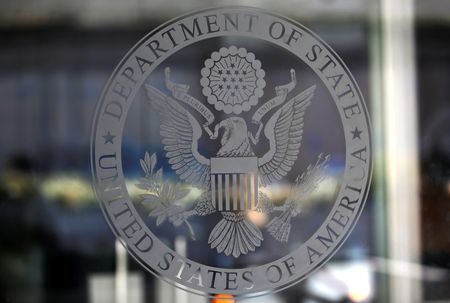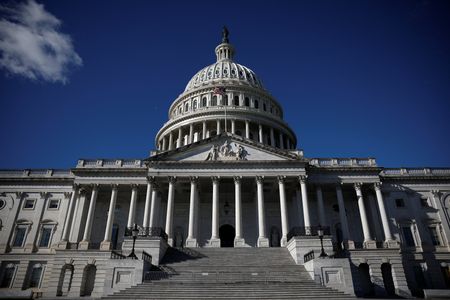By Jane Ross and Rich McKay
KERRVILLE, Texas (Reuters) -Six days after flash floods swept through parts of Texas Hill Country and killed at least 120, authorities say there are still more than 160 people unaccounted for, as thousands of searchers combed through piles of mud-covered debris for survivors on Thursday.
But that figure may not reflect the true number of missing people, according to disaster response experts.
The number of people reported missing in the aftermath of a natural disaster often turns out to be far greater than the eventual death toll.
Worried members of the public, unable to reach a relative or friend, report the name to local authorities and to crowd-sourced online databases, and it gets added to a list that can grow distressingly long.
In the first days after the devastating wildfire in the California mountain town of Paradise in 2018, the number of people missing briefly exceeded 1,200.
It took two weeks for local officials to recover all the victims, and many months more for them to account for every person reported missing.
In total, the fire killed 85 people, still the deadliest wildfire in the state’s history.
More than two weeks after a wildfire destroyed Lahaina on the Hawaiian island of Maui in 2023, the FBI said there were still more than 1,000 names on its list of the missing.
The following summer, officials put the final death toll at 102.
Josh Dozor, a former deputy assistant administrator at the Federal Emergency Management Agency and now an executive at the disaster response company International SOS, said the list of missing people could still change significantly.
“There could be people listed as missing who don’t even know they’re on the list,” he said.
“There are power issues, someone might not have a cell phone charged. People are at shelters. It could take time to reassemble with loved ones.”
Kerr County, home to the vast majority of victims and missing people, is a sprawling, rural county with areas that have spotty cell phone service.
More than 2,100 first responders were continuing a painstaking, mile-by-mile search across the country, hoping against long odds to find survivors six days after torrential rains sent a wall of water raging down the Guadalupe River in the predawn hours of July 4.
Authorities have not found anyone alive since the day of the floods.
At least 96 people, including 36 children, died in Kerr County, officials said at a briefing on Thursday morning.
The death toll includes 27 campers and staff members from Camp Mystic, an all-girls Christian summer retreat on the banks of the river.
Five girls and one counselor from the camp remain missing, officials said.
“The length of time to find someone still alive after a summertime flash flood is a lot longer than, say, a winter storm or an earthquake, but the chances here are diminishing,” Dozor said on Thursday.
‘FLASH FLOOD ALLEY’
Kerr County sits at the heart of what is known as Flash Flood Alley in central Texas, a region where some of the country’s deadliest floods have occurred.
More than a foot of rain fell in less than an hour early on July 4.
Flood gauges showed the river’s height rose from about a foot to 34 feet (10.4 meters) in a matter of hours, cascading over the river’s banks and sweeping away trees and structures in its path.
Hundreds of community members gathered at a worship service at Tivy High School in Kerrville on Wednesday to remember the victims.
Students and adults prayed and sang, with some hugging and holding back their tears during the memorial.
The school’s soccer coach, Reece Zunker, and his wife, Paula, a former teacher there, were among the victims.
Their two children were missing as of Sunday, according to the school district.
“Zunker was a really tough guy,” said art teacher Marti Garcia, who attended Wednesday’s event.
“I just had faith that he was going to pull it out.”
Authorities in Kerr County have faced questions about whether more could have been done in the early hours of July 4 to alert residents about the rising floodwaters and get some of them to higher ground.
The state legislature will convene in a special session later this month to investigate the flooding and provide disaster-relief funding.
Meanwhile, New Mexico Governor Michelle Lujan Grisham told reporters on Thursday that after talks with Homeland Security Secretary Kristi Noem, federal authorities had pledged $15 million in disaster relief for the mountain village of Ruidoso, where flash flooding on Tuesday killed three people, including two children, and damaged hundreds of homes.
Some $12 million of the federal disaster funding is money previously pledged, but never paid, to build levees to protect the community from flash floods after wildfires last year, Lujan Grisham said.
(Reporting by Jane Ross in Kerrville, Texas, and Rich McKay in Atlanta; Additional reporting by Jonathan Allen and Andrew Hay; Writing by Joseph Ax; Editing by Paul Thomasch, Chizu Nomiyama and Matthew Lewis)













